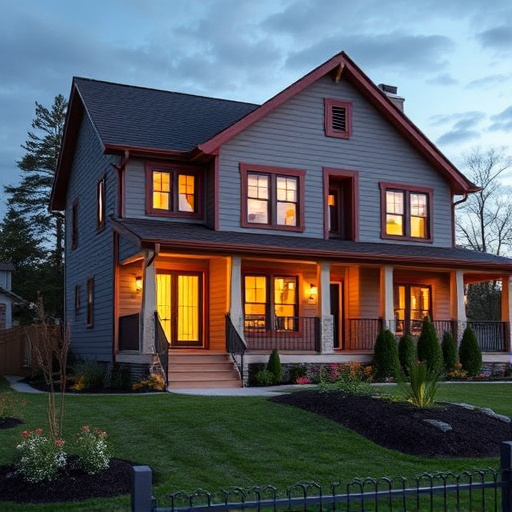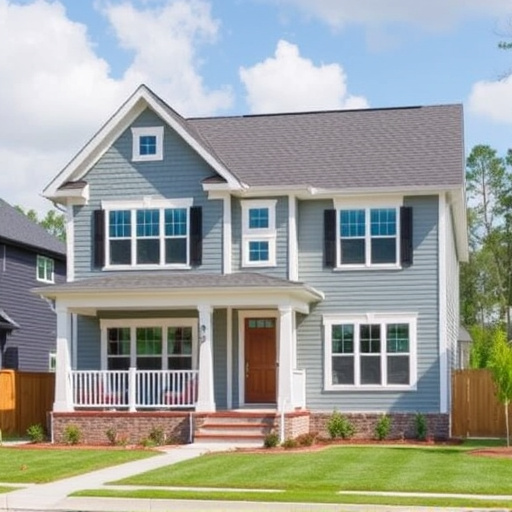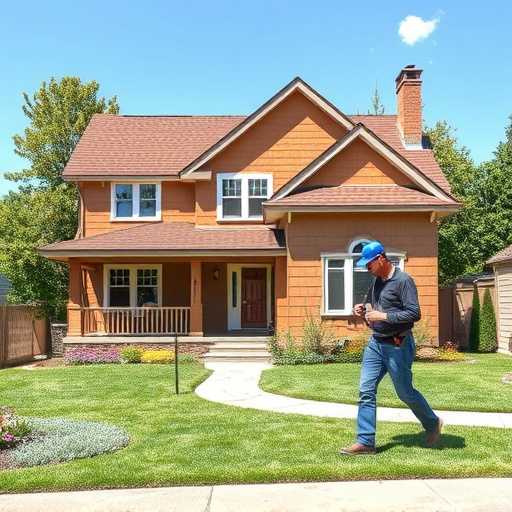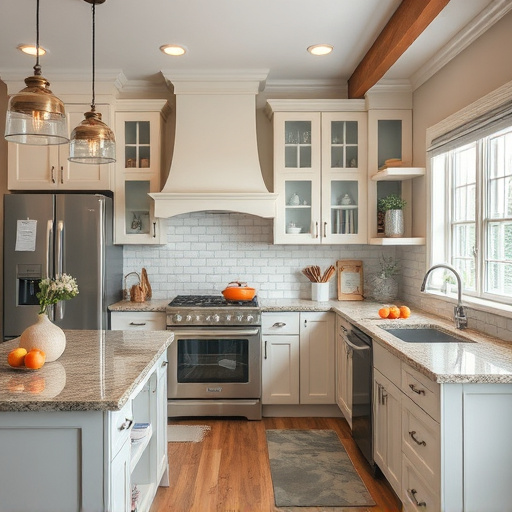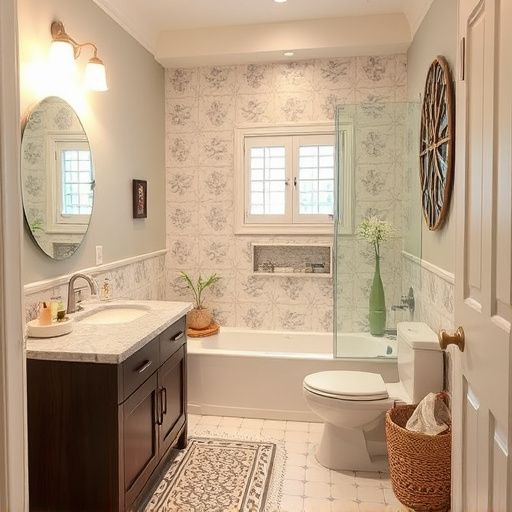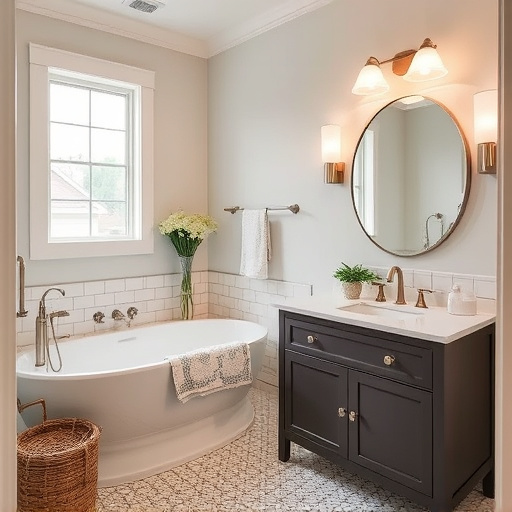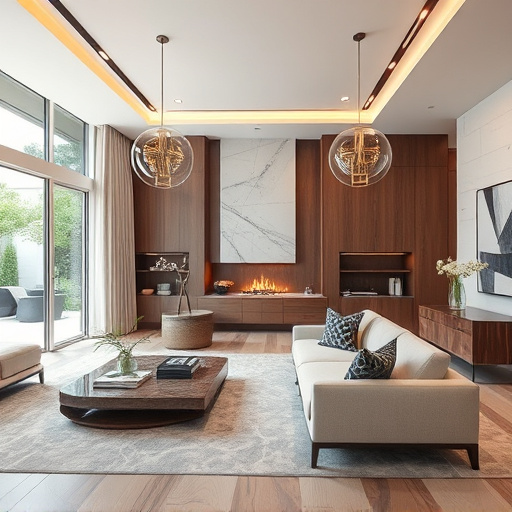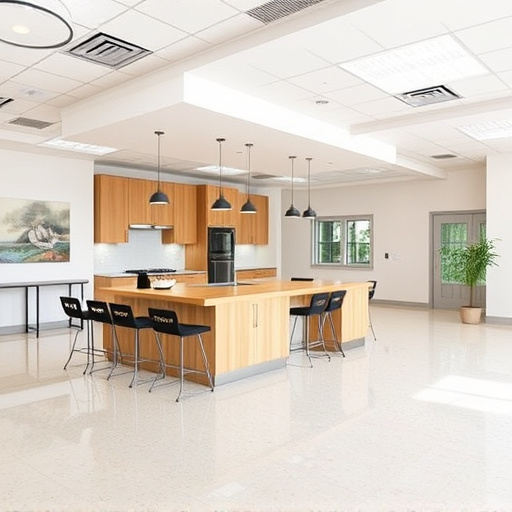Strategic office design balances open collaboration areas with structured privacy using semi-private booths, acoustic panels, modular desks, and natural light to enhance aesthetics and productivity. Flexible furniture and private retreat spaces accommodate changing team needs, creating inclusive, employee-centric environments that foster both focus and interaction.
Modern office design strives for a harmonious balance between open, collaborative spaces and structured, private areas. This approach caters to diverse work styles and enhances employee well-being. In this article, we explore strategies for creating dynamic office environments that encourage interaction without sacrificing focus and productivity. From flexible layouts to thoughtfully incorporated dividing elements, discover how thoughtful design can optimize your workspace for both teamwork and individual concentration.
- Understanding the Need for Balance in Office Design
- Strategies to Create Open yet Structured Spaces
- Incorporating Flexibility and Privacy Through Design Elements
Understanding the Need for Balance in Office Design
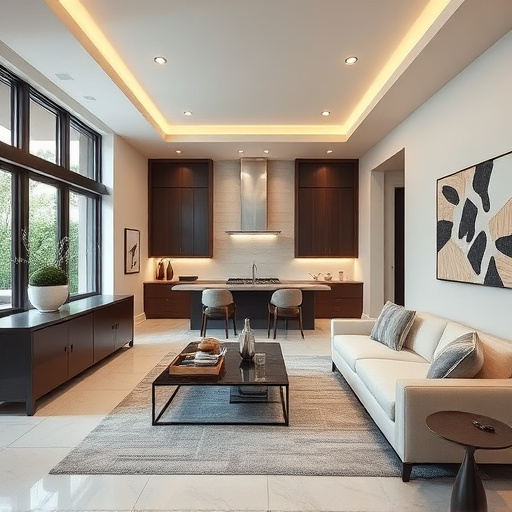
In today’s dynamic work environment, office design plays a pivotal role in fostering productivity and employee satisfaction. The traditional open-plan layout, while offering collaboration benefits, can sometimes lead to distractions and a lack of privacy. On the other hand, overly structured offices with numerous partitions may hinder communication and create a sterile, impersonal atmosphere. Therefore, achieving a harmonious balance between open plans and structure is essential for creating a conducive work environment.
This balance involves strategic placement of elements like semi-private booths, acoustic panels, and well-designed common areas. By implementing these design considerations, renovation services can transform spaces into beautiful home transformations or even whole house remodels that cater to various needs. Such designs not only enhance aesthetics but also ensure employees have control over their immediate workspace, promoting focus while still encouraging interaction when needed.
Strategies to Create Open yet Structured Spaces
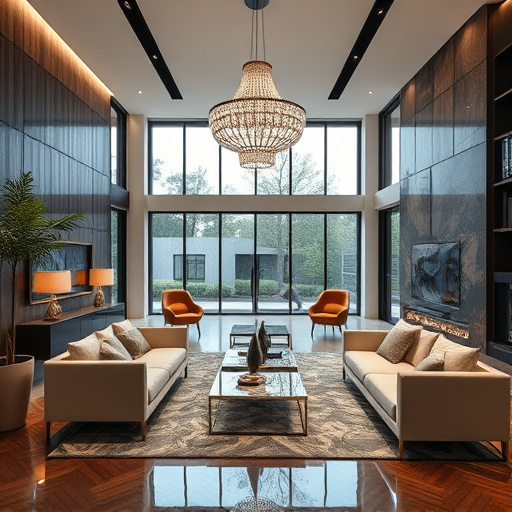
In the realm of office design, achieving a harmonious balance between open plans and structure is an art. This approach fosters a collaborative environment while maintaining focus and privacy—a delicate equilibrium sought by many modern workplaces. Strategies to create such spaces involve intentional placement of partitions and furniture to define areas within an expansive layout. Incorporating modular desks and adjustable screens allows for flexible rearrangement, catering to different team sizes and activities. Natural light is also a powerful tool; strategically positioned windows and skylights not only enhance aesthetics but also promote open, well-lit areas that boost productivity.
Additionally, integrating architectural elements like pillars or arches can serve as both structural guides and visual breaks, creating distinct zones without closing off the space completely. Greenery and indoor plants also play a role in this design narrative, adding a touch of nature to soften the structure and create a sense of calm amidst the open plan. These thoughtful interventions ensure that the office remains a vibrant hub of activity while offering employees the tranquility they need to thrive. In essence, it’s about crafting a space where both social interaction and focused work can flourish side by side, much like a beautifully composed symphony. Think of it as blending the best of open-plan flexibility with the comforting structure of dedicated workspaces—a design strategy that could even inspire ideas for home improvement services, such as kitchen remodel or bathroom renovations, bringing the same sense of balance to personal spaces.
Incorporating Flexibility and Privacy Through Design Elements
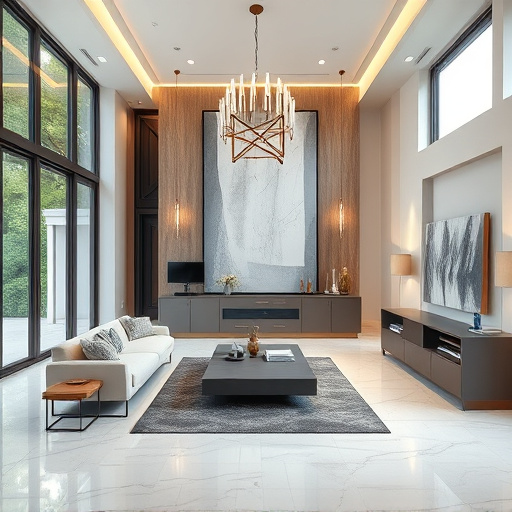
In today’s dynamic work environment, successful office design strikes a delicate balance between open plans that foster collaboration and structured areas that offer privacy and focus. Achieving this equilibrium involves thoughtfully incorporating flexibility and privacy through strategic design elements. One approach is to utilize movable furniture and adjustable partitions, enabling teams to reconfigure spaces for various tasks or meetings on demand. This adaptability not only accommodates evolving team needs but also promotes a sense of community within the office.
Additionally, integrating private retreat spaces within the open plan can enhance productivity by providing a designated zone for quiet work or focused discussions. These sanctuaries, reminiscent of a modern kitchen and bath or a carefully designed multiple room remodel in residential renovations, offer employees a respite from bustling collaborative areas. By thoughtfully balancing openness and structure through these design elements, office spaces become more inclusive, productive, and employee-centric.
Office design that harmoniously blends open plans with structured elements is essential for creating productive, collaborative, and comfortable work environments. By understanding the need for balance, implementing flexible design strategies, and thoughtfully incorporating privacy features, modern offices can cater to diverse workflows while enhancing employee satisfaction and overall performance. These principles ultimately contribute to a dynamic and efficient office design that adapts to the evolving needs of today’s workforce.



